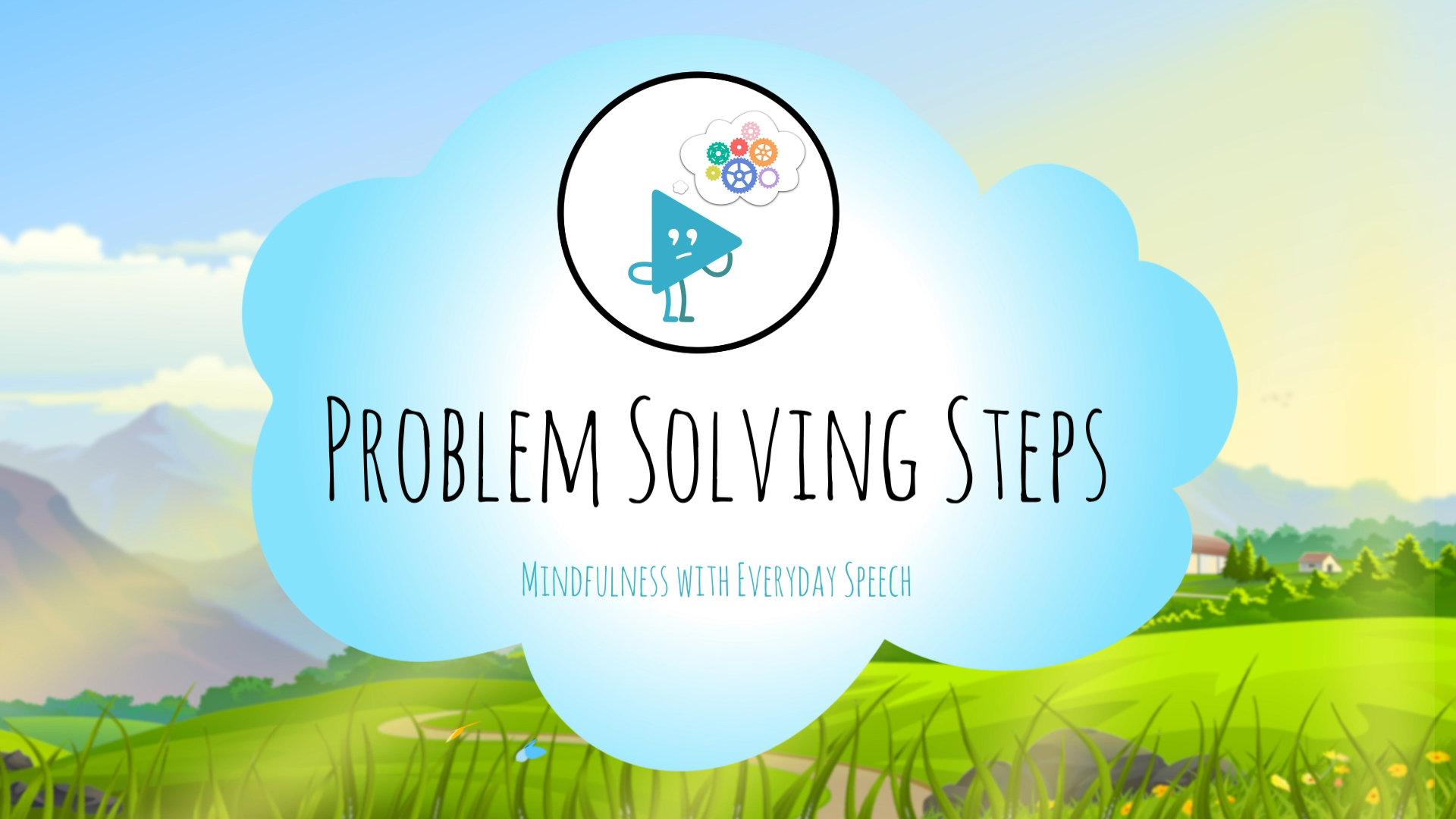Introduction
Problems are an inevitable part of life, both at home and at school. They can arise from thoughtless actions or purely by accident. How we handle and react to these problems is crucial for our personal growth and well-being. As educators, it is essential to teach students the art of problem-solving to help them navigate everyday challenges. This blog post will introduce you to an easy no-prep activity, discussion questions, and related skills that can be incorporated into your lessons to help students become better problem-solvers.
No-Prep Activity: The Problem-Solving Steps Game
This activity will help students practice the Problem-Solving Steps in a fun and interactive way. The game requires no preparation or materials, making it an ideal choice for busy educators.
- Divide the class into small groups.
- Provide each group with a common everyday problem (e.g., forgetting a homework assignment, accidentally breaking a toy, or dealing with a conflict at recess).
- Ask the groups to discuss and apply the Problem-Solving Steps to their assigned problem:
- Identify the problem
- Think about the size of the problem
- Come up with a few solutions
- Pick the best solution
- Test the solution
- After a set time, have each group present their problem and chosen solution to the class.
- As a class, discuss the different solutions and how well they addressed the problem.
This activity encourages students to think critically about the problems they face and apply the Problem-Solving Steps in a collaborative setting. It can be easily adapted to suit various age groups and learning environments.
Discussion Questions
After completing the Problem-Solving Steps Game, use these discussion questions to further explore the topic and stimulate deeper conversations:
- How did working in a group help you come up with better solutions to the problem?
- Can you think of a situation where you successfully used the Problem-Solving Steps in your own life? How did it help you?
- Why is it important to consider the size of a problem before trying to solve it?
- How can practicing problem-solving skills improve our relationships with others?
- What challenges might you face when trying to apply the Problem-Solving Steps in real-life situations?
Related Skills
Teaching problem-solving skills goes hand-in-hand with other essential social-emotional learning concepts. Here are some related skills that can be integrated into your lessons:
- Emotional regulation: Help students recognize and manage their emotions, so they can approach problems with a calm and focused mindset.
- Empathy: Teach students to consider how their actions and decisions might affect others, fostering a sense of understanding and compassion.
- Communication: Encourage effective verbal and nonverbal communication to express thoughts, feelings, and ideas clearly when solving problems.
- Decision-making: Support students in developing the ability to evaluate options and make informed choices when faced with challenging situations.
- Resilience: Cultivate a growth mindset and the ability to bounce back from setbacks, helping students to persevere through difficult problems.
Next Steps
Now that you have an understanding of how to teach problem-solving skills through engaging activities and discussions, it’s time to put these concepts into practice. To help you get started, we invite you to sign up for free sample materials at Everyday Speech. These resources include video lessons, printable materials, and interactive games that can be easily incorporated into your lessons to support students’ social-emotional learning journey.











